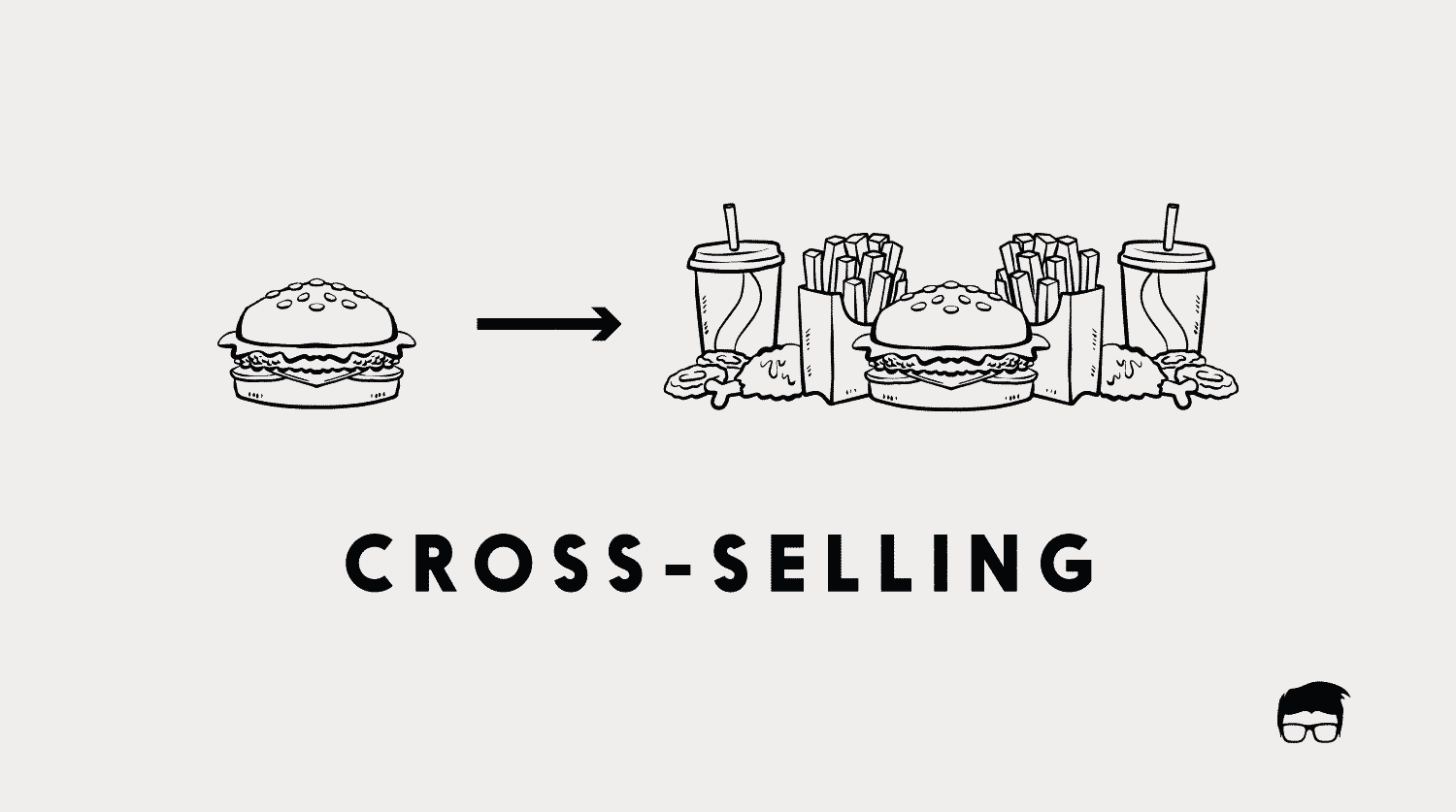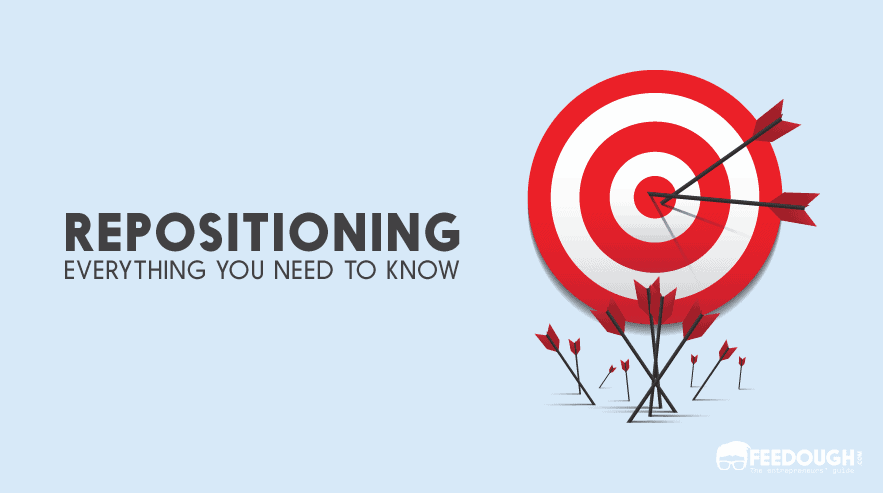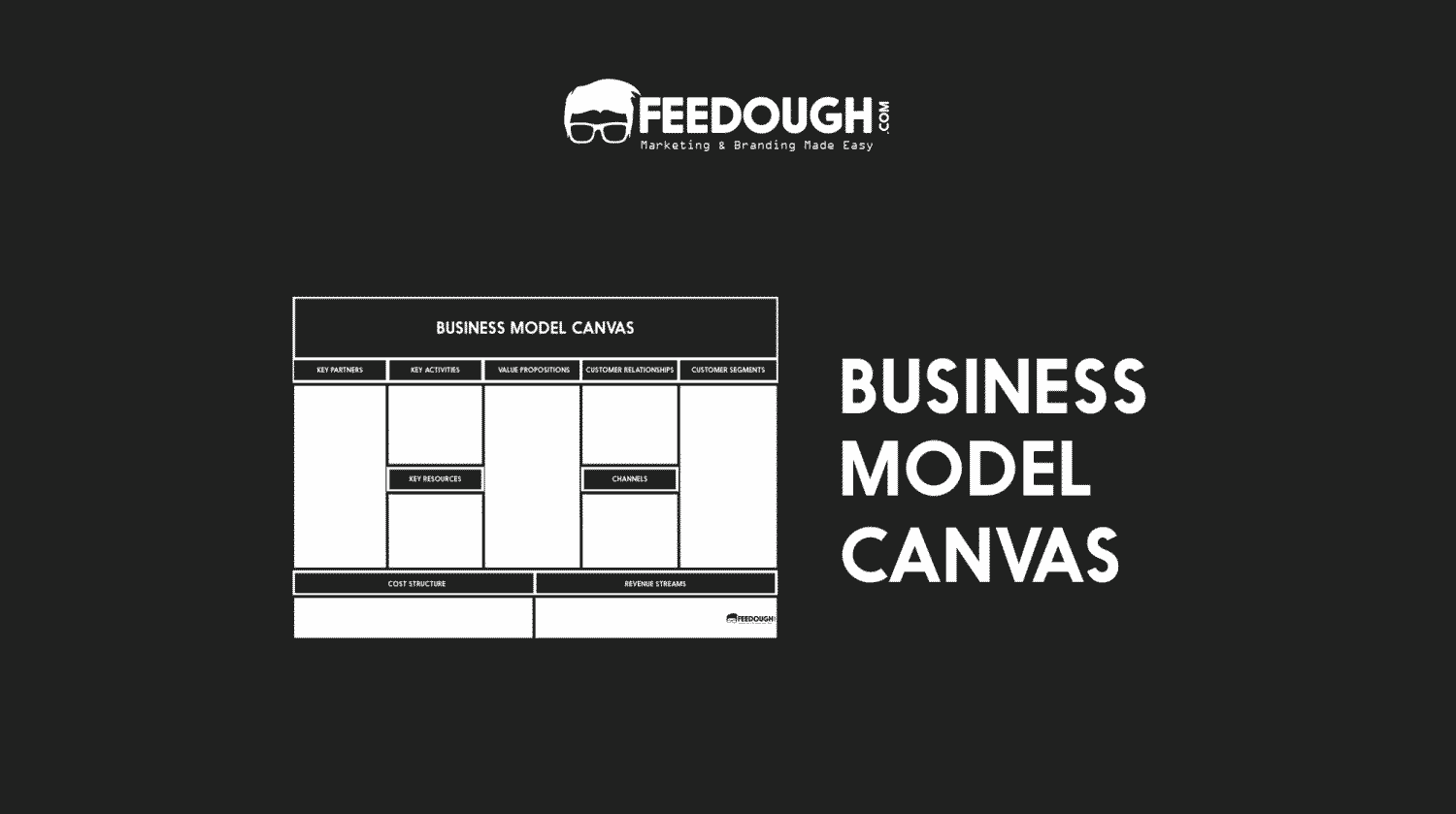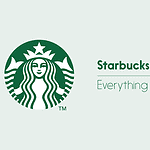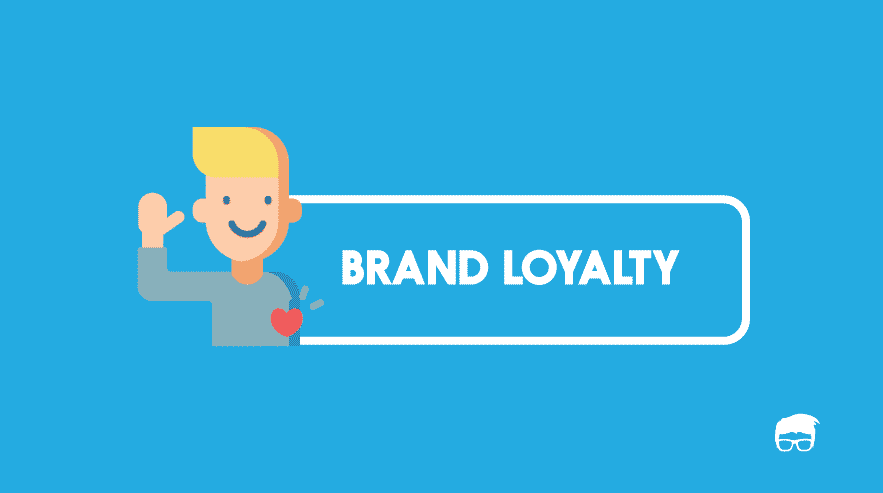Let’s say an avid coffee enthusiast – David – who is an active customer of Starbucks, enters a shopping mall in a totally new city.
While he’s browsing through stores, he gets a notification on his phone saying, “Welcome to Starbucks! Enjoy 15% off your next purchase.”
David is pleasantly surprised by this and upon checking the details, he realises that there’s a Starbucks outlet just a few steps away from where he is standing.
Curiosity piqued, David decides to take advantage of the offer and heads to Starbucks for his next coffee fix.
This is a part of geofencing marketing, and it’s a powerful tool businesses use to engage with potential customers in their physical surroundings.
What is Geofencing Marketing?
Geofencing marketing is a location-based marketing strategy that uses location-based technology (called geofencing technology) to create virtual perimeters around specific geographic areas, allowing businesses to engage customers in real time through personalised promotions, offers, and notifications.
It involves setting up virtual boundaries or “geofences” around a physical location, such as a store or shopping mall, and sending targeted messages or promotions to people who enter that area. For example, a cinema may use geofencing marketing to send a discount code for movie tickets to people who enter the mall where the cinema is located. The customer will receive a notification if they have downloaded the cinema’s app or a similar app that uses geofencing technology.
The technology, even though new, makes the most of micro moments marketing by reaching customers at the perfect time and place, increasing the chances of conversion and creating a more personalised experience for customers. For example, an effective notification of a discount on lunch when the person enters a shopping mall at lunchtime could shape their decision on where to eat.
In simplest terms, geofencing marketing is a location-oriented marketing strategy that –
- Uses technology like GPS, RFID or Bluetooth to define a virtual perimeter around specific locations.
- Focuses on engaging customers in real-time through personalised promotions and notifications.
Types Of Geofencing Marketing
Geofencing marketing comes in different forms and can be used by a variety of businesses for various purposes. It targets virtual boundaries to target consumers based on their location. Some of the types of geofencing marketing include –
Based on virtual boundary location –
Geofencing marketing can be categorised into two main types based on their virtual boundary location:
- Static Geofencing – This type of geofencing has a single virtual perimeter placed at one specific location, such as a store or shopping mall. It is used to send targeted messages and offers to people who enter the designated area. For example, a retail store may use static geofencing to send promotions to customers as they enter the store or nearby areas.
- Dynamic Geofencing – This type of geofencing has multiple virtual boundaries that can move depending on the consumer’s location and behaviour. For example, an online food ordering app may use dynamic geofencing to display different restaurant options based on the user’s current location.
Based on customer behaviour –
Even customer behaviour can be a determining factor for geofencing marketing. Some of the types are:
- Passive Geofencing – This type of geofencing tracks customers’ mobile devices and sends notifications or promotions without requiring them to take any action.
- Active Geofencing – This type of geofencing requires customers to take action, such as checking in through an app or scanning a QR code, before they can receive targeted messages or promotions.
- Trigger-based Geofencing – This type of geofencing relies on specific actions taken by the customer, such as downloading an app, making a purchase, or entering a designated area. Once triggered, it sends targeted messages or offers to the customer who performed the action.
- Time-based Geofencing – This type of geofencing targets consumers based on their time spent within a designated area. For example, a mall may use time-based geofencing to send promotions and offers to customers who have been in the mall for over an hour.
Based on business goals
Business goals play a significant role in determining the type of geofencing marketing used. Some of the common goals include:
- Proximity Marketing: Proximity marketing is perhaps the most common type of geofencing marketing. It involves setting up a virtual perimeter around a business location and sending targeted messages or promotions to people who enter that area. For example, a coffee shop may use proximity marketing to send a discount code for the customer’s next visit when they enter the store.
- Competitor Targeting: Some businesses use geofencing marketing to target potential customers who are near their competitors. For example, a shoe store may set up virtual boundaries around other competing shoe stores and send promotions or offers to people who enter those areas.
- Event-based Marketing: This type of geofencing targets consumers based on events happening in a specific location. It could be a concert, festival, or conference where businesses can set up virtual perimeters and send targeted messages or promotions related to the event.
How does Geofencing Marketing work?
In non-technical terms, geofencing technology works by using signals from a person’s mobile device to determine their location. Businesses can set up virtual boundaries around specific areas using GPS, RFID, or Bluetooth technology and trigger notifications or promotions when a customer enters that area.
Let’s break down the process in more detail:
- A business sets up a virtual boundary (geofence) around a designated location using GPS coordinates. Then, it uses technology like GPS, RFID, or Bluetooth to detect when a customer enters that area. This technology doesn’t trigger on itself but requires another application or website to send targeted messages or promotions.
- Customers enter the designated area, and their mobile device sends a signal to the geofence through GPS, RFID, or Bluetooth technology.
- The geofence receives the signal, and it triggers an action based on predefined rules set up by the business. This action could be sending a push notification, email, or text message or displaying an ad on a website or app.
- The customer receives the notification or promotion and can choose to act on it by making a purchase or taking any other desired action.
From a technical point of view, geofencing marketing requires four steps to work effectively:
Defining the Geofence
A geofence is a virtual boundary set up around a designated location that triggers actions when customers enter or exit the area. This boundary can be as small as a single store or an entire shopping mall.
A business can define this geofence using GPS coordinates or create a virtual map boundary. Depending on the desired outcome, this geofence can also be customised to be either static or dynamic.
Defining a geofence requires tech expertise and may involve the help of a geofencing marketing platform or software. For example, a retail store may use a geofencing platform that uses Google Maps API or any of the Google Maps API Alternatives to create and manage their geofence. This fence can be further customised to trigger notifications or promotions based on customer behaviour, such as time spent in the designated area or specific actions taken by the customer.
Getting The Consent
Just defining a geofence is not enough; businesses also need to get customers’ consent before sending them targeted messages or promotions.
A business cannot magically hack into a customer’s device and start sending notifications. Customers must opt-in to receive these messages, either through an app or website.
For this, several businesses rely on their standalone applications or leverage popular apps with a large user base. Customers are more likely to give their consent if they see value in the notifications and promotions they receive.
Triggering Actions
Once the geofence is set up, and customers have given their consent, businesses need to define what actions will be triggered when a customer enters the designated area. This can include sending push notifications with promotional content, displaying targeted ads on websites or apps, or even redirecting customers to specific landing pages.
It’s not always a popup or notifications, either. Geomarkting can be as simple as showing location-specific menu items to customers based on the branch they are closest to. This adds a personal touch and makes customers feel more connected to the business.
Analysing The Data
One of the biggest advantages of geofencing marketing is that it provides businesses with valuable data on customer behaviour and location.
This data could relate to –
- How many existing customers entered the geofence?
- How many new customers entered the geofence?
- What actions were triggered, and how many customers acted on them?
More importantly, businesses can use this data to track the effectiveness of their geofencing campaigns and make necessary changes for future promotions. This data can also be integrated with other marketing analytics tools to gain a better understanding of customer preferences and behaviours.
Geofencing vs Geotargeting
While geofencing and geotargeting may sound similar, there is a distinct difference between the two. Geofencing refers to setting up virtual boundaries around a specific area and triggering actions when customers enter or exit that area.
On the other hand, geotargeting focuses on delivering targeted marketing messages or promotions based on a customer’s current location. This could be through zip codes, city or country, rather than a specific virtual perimeter.
Both strategies have their benefits, and businesses can choose to use one or both depending on their goals and target audience.
Aspect | Geofencing | Geotargeting |
|---|---|---|
Definition | Creates virtual boundaries (geofences) around a specific location to trigger actions (e.g., notifications). | Targets users based on broader geographic criteria (e.g., city, zip code, or region). |
Technology Used | Relies on GPS, Bluetooth, or Wi-Fi to define a precise perimeter. | Uses IP addresses, GPS data, or user-provided location data. |
Precision | Very precise – works within small areas (e.g., 100 meters or less). | Less precise – targets larger areas (e.g., neighbourhoods, cities). |
Use Case | Sends real-time notifications when users enter or exit a defined area (e.g., a nearby store). | Targets ads or content to users in a selected region (e.g., city-wide promotions). |
Best For | Businesses needing instant engagement with nearby customers. | Businesses aiming for broader location-based marketing campaigns. |
Applications of Geofencing Marketing
Geofencing marketing has emerged as a powerful tool that helps businesses in varied niches and industries reach their target audience effectively. Some of the popular applications of geofencing marketing include –
Retail Sector
The retail sector is one of the biggest beneficiaries of geofencing marketing. Several retail industries, like malls, grocery stores, and department stores, use geofencing to engage with nearby customers. They use this tech to send real-time, location-specific promotions, discounts, and alerts when customers enter predefined zones around their stores.
For example, a retail store can set up a geofence around their store and send notifications to customers who have opted in when they enter the area. The notification could be about ongoing sales, new arrivals, or personalised recommendations based on their previous purchases.
Event Promotions
Events are probably the most successful use case of geofencing marketing. Organisers leverage this tech to engage with attendees, send notifications, and track their movement during the event.
These could be music concerts, sports events, trade shows, or any other event where organisers can use geofencing to improve customer experience and increase engagement. For instance, a music festival could set up geofences around different stages and send notifications to attendees about upcoming performances or food vendors nearby.
Customer Loyalty Programs
Geofencing works amazing for businesses with customer loyalty programs. They can use this tech to reward customers who have recently visited a branch or store location. For example, a coffee shop can set up geofences around their branches and reward customers with free extras or discounts when they return within the next few days.
E-commerce Applications
Even online businesses have found ways to use geofencing marketing to their advantage. E-commerce websites can set up virtual fences around specific areas, like a city or neighbourhood, and target ads or promotions to customers living in those areas.
They can also send push notifications or popups when customers visit competitor’s brick-and-mortar stores, encouraging them to check out the same product at a lower price on their website.
Competitive Targeting
Several known brands use geofencing to engage with customers of their competitors. They set up fences around their competitor’s locations and target ads or promotions at potential customers who are already in the vicinity.
For example, in 2015, Burger King launched the “Whopper Detour” campaign using geofencing technology. This innovative campaign targeted McDonald’s customers by offering them a Whopper for just one cent when they were within 600 feet of a McDonald’s location.
The result? It increased Burger King app downloads by 1.5 million and effectively “stole” customers from rival McDonald’s.
Geofencing Marketing Examples
To further understand the potential of geofencing marketing, let’s take a look at some real-life examples of businesses leveraging this technology effectively.
Starbucks
Starbucks’ mobile app plays a central role in its marketing strategy. The app uses GPS data from customers’ devices to deliver personalised, location-based notifications.
This integration allows Starbucks to:
- Send push notifications with special offers when customers are near a store
- Remind users about their favourite drinks when in proximity to a location
- Alert customers about new store openings in their area
And not just this. By combining geolocation data with customer purchase history and preferences, Starbucks creates highly targeted promotions.
- Customised drink offers based on past orders
- Time-sensitive deals, such as happy hour specials on select Thursdays
- Location-specific promotions to drive traffic to particular stores
As a result? The brand boosts customer engagement and brand loyalty while driving sales. Win-win!
Domino’s Pizza
Domino’s leveraged geofencing to not only enhance delivery times but build a brand in a more personalised manner –
The company focuses on hyperlocal targeting where it collects customer addresses through opt-in subscriptions, allowing them to send targeted promotions based on states, store locations, time zones, and ZIP codes.
It also sends special offers during major sports games on campuses and even during weather events like thunderstorms.
Domino’s also plays sneaky by placing geofences around hotels to trigger mobile ads on popular apps and mobile sites, targeting travellers who might be looking for a quick meal.
A startup consultant, digital marketer, traveller, and philomath. Aashish has worked with over 20 startups and successfully helped them ideate, raise money, and succeed. When not working, he can be found hiking, camping, and stargazing.
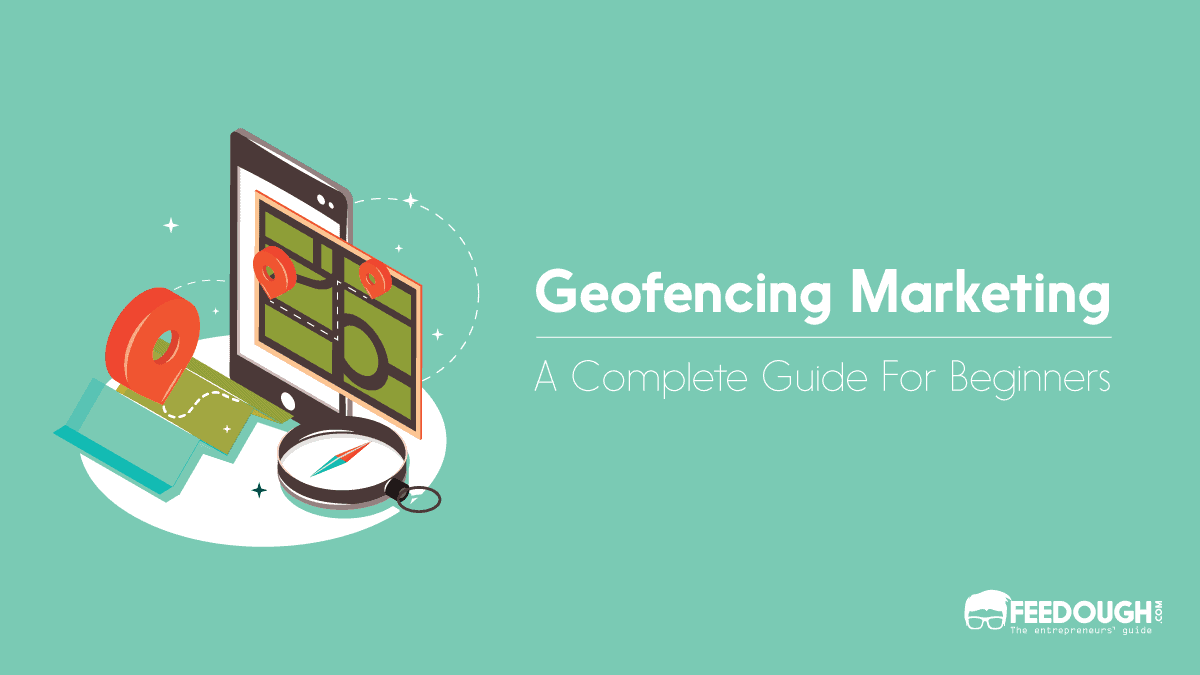
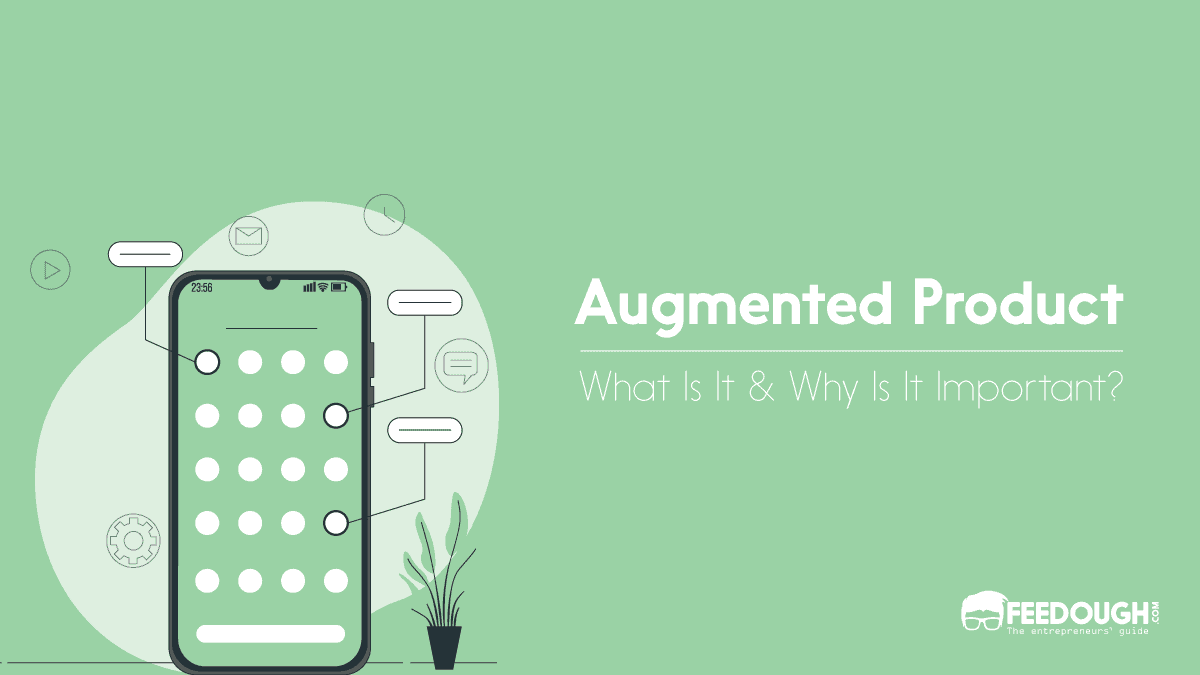
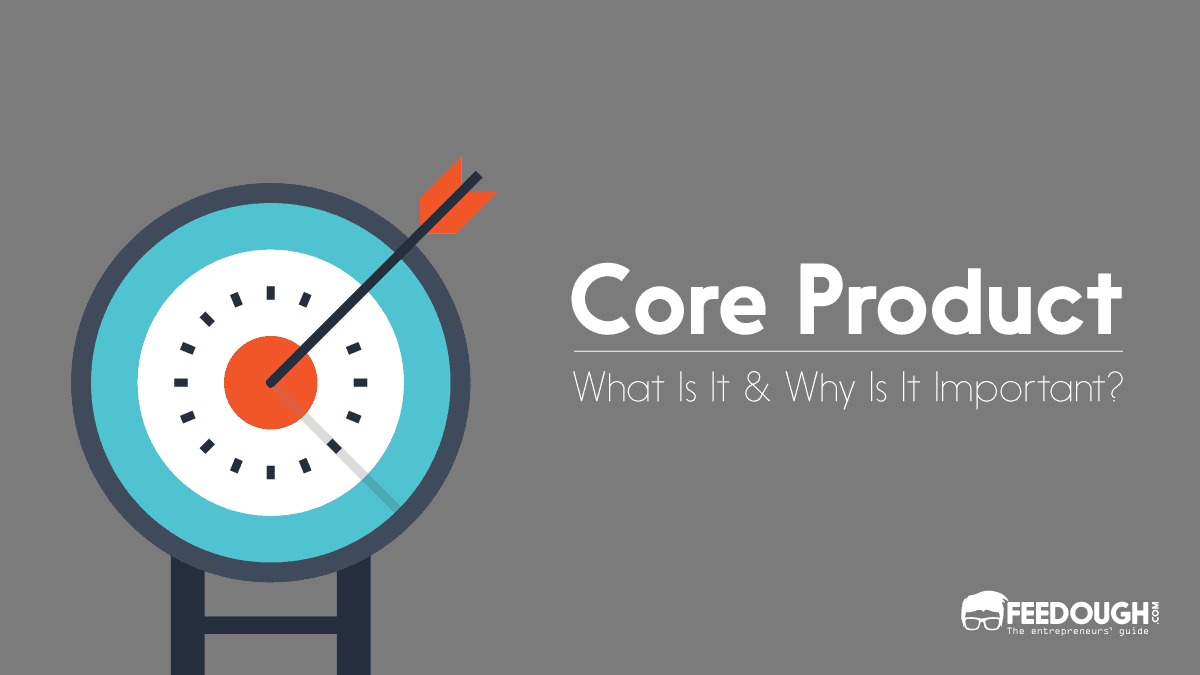
![What Is Upselling? How To Upsell? [Detailed Guide] UPSELLING](https://www.feedough.com/wp-content/uploads/2018/05/UPSELLING-20.webp)
